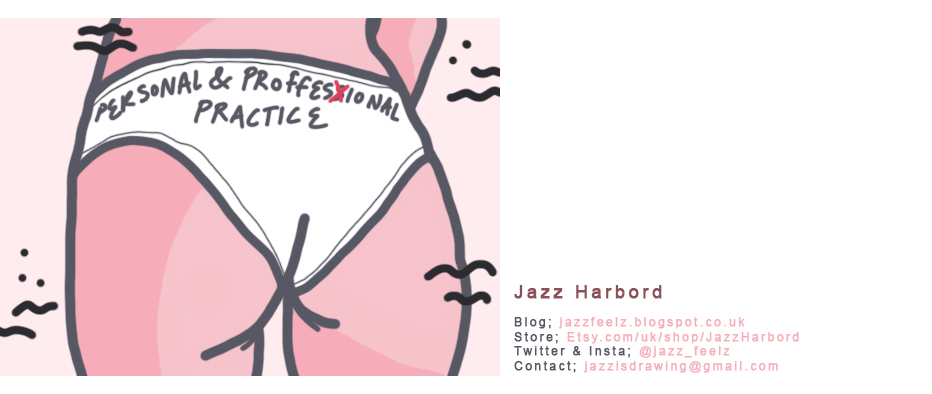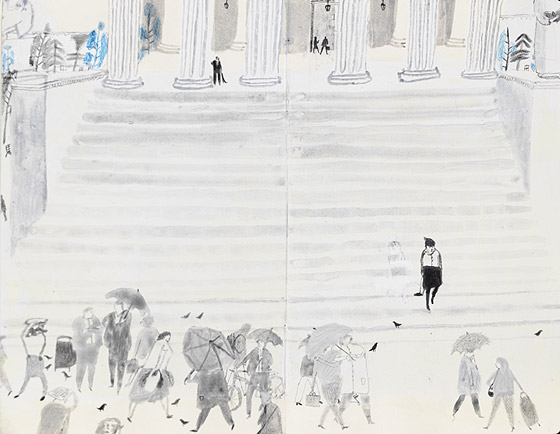After nailing down our business manifesto, I took it upon myself to do some market research. While initially we'd identified Yankee Candles and Clintons as possible competitors, our business had evolved a lot since then. I started with two companies I already knew, the first previously mentioned Pyro Pets, and Vice and Velvet.
VICE AND VELVET
I found this company through instragram, highlighting the importance of social media // web presence. We'd always said as a company we wanted to engage with our customers and I good way of doing this would be through social medias; as well as a website // etsy it would be vital we also maintained a blog // instragram // facebook ect so customers felt they could get involved with a more personal side of the company and not just the commercial side of it. Of course overarching all of these platforms, we would have to maintain a consistent branding to ensure synergy and professionalism with our company.
Vice and Velvet specialise in soaps "Handmade vegan soap, bath & body. Unique scent blends." While our company is based on candles rather than soaps ect I thought they were similar to our concept in their presentation, ethics and promotion // distribution. Being sustainable was something we'd always said we wanted to explore, but looking at Vice and Velvet made me think about the materials we would be using to create our candles as well as just the packaging.
Upon further research I found that most high street candles are made from paraffin wax, which is highly toxic for the environment, whereas alternatives from beeswax and soy are considerably better! This was double great news as we already had a beeswax range in place, but the notion that our basics and black magic range could be made of soy, so not only would they be more eco friendly, but we could target the ever growning veggie // vegan market for our candles! Soy can also be coloured and scented so it wouldn't provide a practical problem in terms of manufacturing what we wanted.
Vice and Velvet also made me think about our online presence in a website VS etsy way, if our company was based purely on etsy there is a worry of our company being lost among the thousands of others on that site, our own website would help combat that.
VIOLET & LARK
Once I'd read about soy candles I decided to look and see if there were any companies that specialised solely on producing them, I found Violet & Lark which not only provided soy candles, but beeswax candles too. There seemed to be a market then for luxury candles with an environmental conscience online. Like the previous two companies their website was simple and easy to navigate, this would be useful if targeting a larger spectrum of possible clients; something easy to use for older people, while still maintaining a professional and contemporary outlook to appeal to younger audiences.
P.F. CANDLE CO.
P.F. Candle Co. was another company specialising in soy candles, it was also around this point I found out that soy not only releases considerably less toxic fumes into the environment, but also burns at a lower temperature, meaning the candle burns for longer; another great reason to use them in our business! Both Violet & Lark and P.F. Candle Co. sold candles made of materials that we would be interested in using within our business, however with the handmade and human quality of Vice and Velvet soaps, and Pyro Pets 3D illustrative and treasureabilty.

























































